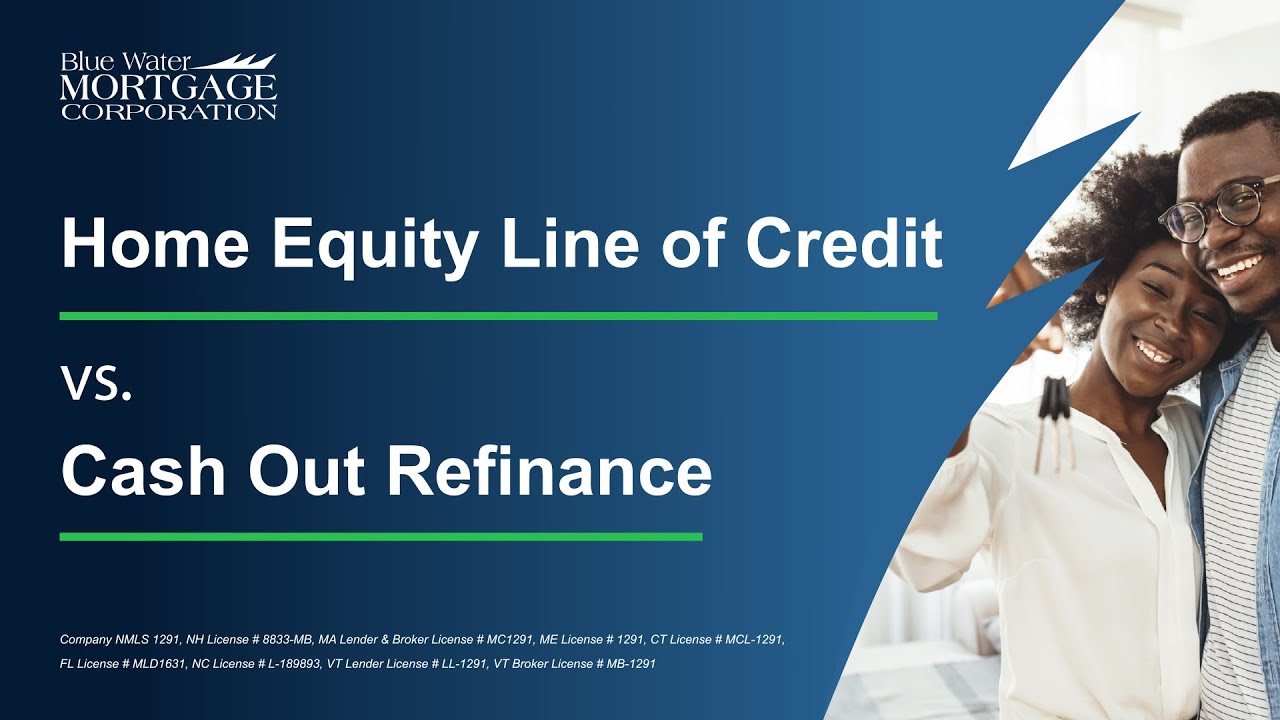
You should understand how a home equity line-of-credit works if you are considering borrowing it. This type is secured by your home, and comes with a fixed interest rate and repayment term. You must own your home and have equity. This means that the total amount you owe on your home must be less than the market value of your house. In addition, your lender will look at your debt-to-income ratio and credit score to determine whether or not you are a good candidate for this type of loan.
Revolving form of credit secured by your home
A home equity line of credit, or HELOC, is a revolving line of credit from a lender that enables you to borrow against the equity in your home. This credit can be used to consolidate high-interest debts or pay off large debts. You can also deduct the interest from these loans.
To be eligible for a home equity credit line, you must own your house and have equity available. Your total home equity must not exceed its market value. Lenders will also examine your debt-to–income ratio, credit scores, and history in paying your bills on schedule.

A home equity credit line can be used to help pay for major expenses, such as home repairs, medical bills, and education. Although a line of credit can be used to cover monthly expenses, you should also understand the risks. You should have an emergency fund in place for when you borrow more than you can pay back.
Repayment period
The amount of the loan and equity in the home will determine the repayment period of a home equity credit line. While the maximum amount of the loan will be the same for all borrowers it will also vary depending on how large the loan amount is and how high the equity in your home. A quick calculation will allow you to determine the repayment term for a HELOC.
There are two major phases in the repayment period for a home equity line of credit. The first phase is called the draw period. It usually lasts between 10 and 15 year. During this period you will make payments on principal and interest. The second phase is the repayment period, which begins once the draw period ends.
Lenders will vary in the length of the home equity line credit's repayment period. For example, a HELOC may allow you to make interest-only payments during the draw period, and a home equity payment plan may allow you to make principal-and-interest payments after the draw period. This will reduce the monthly payments.

Interest rate
A home equity line credit's interest rate can be variable. The margin is determined by several factors, such as the loan to worth ratio, credit qualification and property condition. The interest rate will be lower initially, but it could rise over time.
The maximum amount you can borrow on a home equity line of credit depends on your home's value, the percentage of home equity that you owe on the mortgage, and your income. This simple calculation can help you estimate how much money you can borrow. For example, if you owe 50% of the value of your home, you could borrow up to $20,000.
Although a five-year home equity line of credit interest rate is competitive with other rates, you should note that a five-year repayment term means that the interest rate is lower, but you will have to make a higher monthly payment. Rates are dependent on your credit score. But, those with a loan/to-value ratio greater than 80% will get the lowest rate. A credit score of 740 is required to qualify.
FAQ
What are the pros and cons of a fixed-rate loan?
Fixed-rate mortgages guarantee that the interest rate will remain the same for the duration of the loan. This will ensure that there are no rising interest rates. Fixed-rate loans have lower monthly payments, because they are locked in for a specific term.
What are the drawbacks of a fixed rate mortgage?
Fixed-rate loans are more expensive than adjustable-rate mortgages because they have higher initial costs. Also, if you decide to sell your home before the end of the term, you may face a steep loss due to the difference between the sale price and the outstanding balance.
What are the three most important things to consider when purchasing a house
The three main factors in any home purchase are location, price, size. Location is the location you choose to live. Price refers the amount that you are willing and able to pay for the property. Size refers the area you need.
Statistics
- This means that all of your housing-related expenses each month do not exceed 43% of your monthly income. (fortunebuilders.com)
- It's possible to get approved for an FHA loan with a credit score as low as 580 and a down payment of 3.5% or a credit score as low as 500 and a 10% down payment.5 Specialty mortgage loans are loans that don't fit into the conventional or FHA loan categories. (investopedia.com)
- This seems to be a more popular trend as the U.S. Census Bureau reports the homeownership rate was around 65% last year. (fortunebuilders.com)
- When it came to buying a home in 2015, experts predicted that mortgage rates would surpass five percent, yet interest rates remained below four percent. (fortunebuilders.com)
- Based on your credit scores and other financial details, your lender offers you a 3.5% interest rate on loan. (investopedia.com)
External Links
How To
How to Find Houses To Rent
Moving to a new area is not easy. But finding the right house can take some time. When it comes to choosing a property, there are many factors you should consider. These factors include size, amenities, price range, location and many others.
You can get the best deal by looking early for properties. Also, ask your friends, family, landlords, real-estate agents, and property mangers for recommendations. This will give you a lot of options.